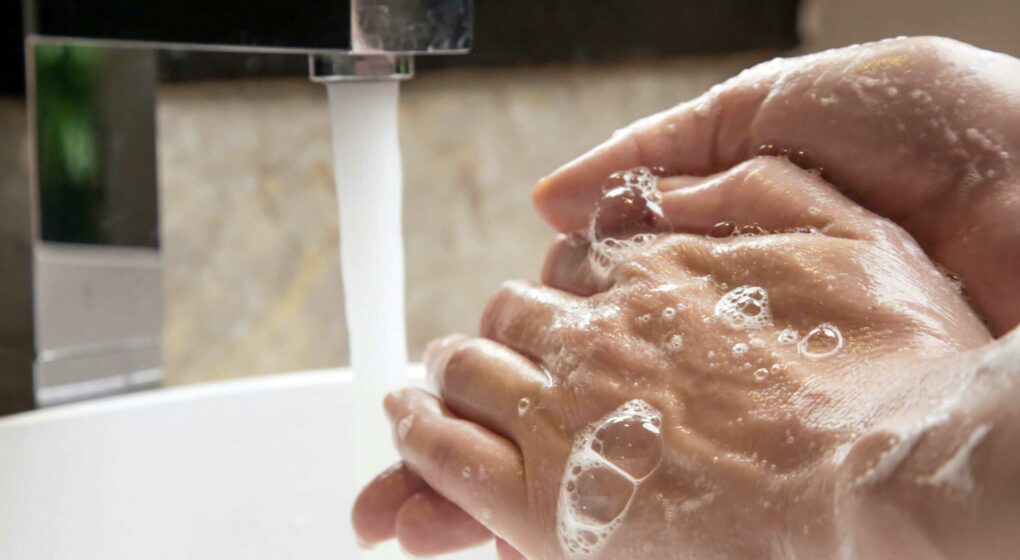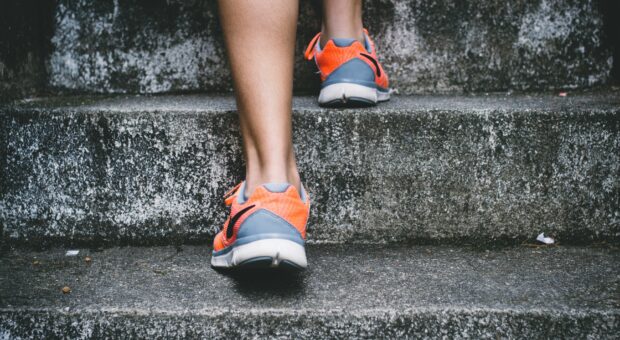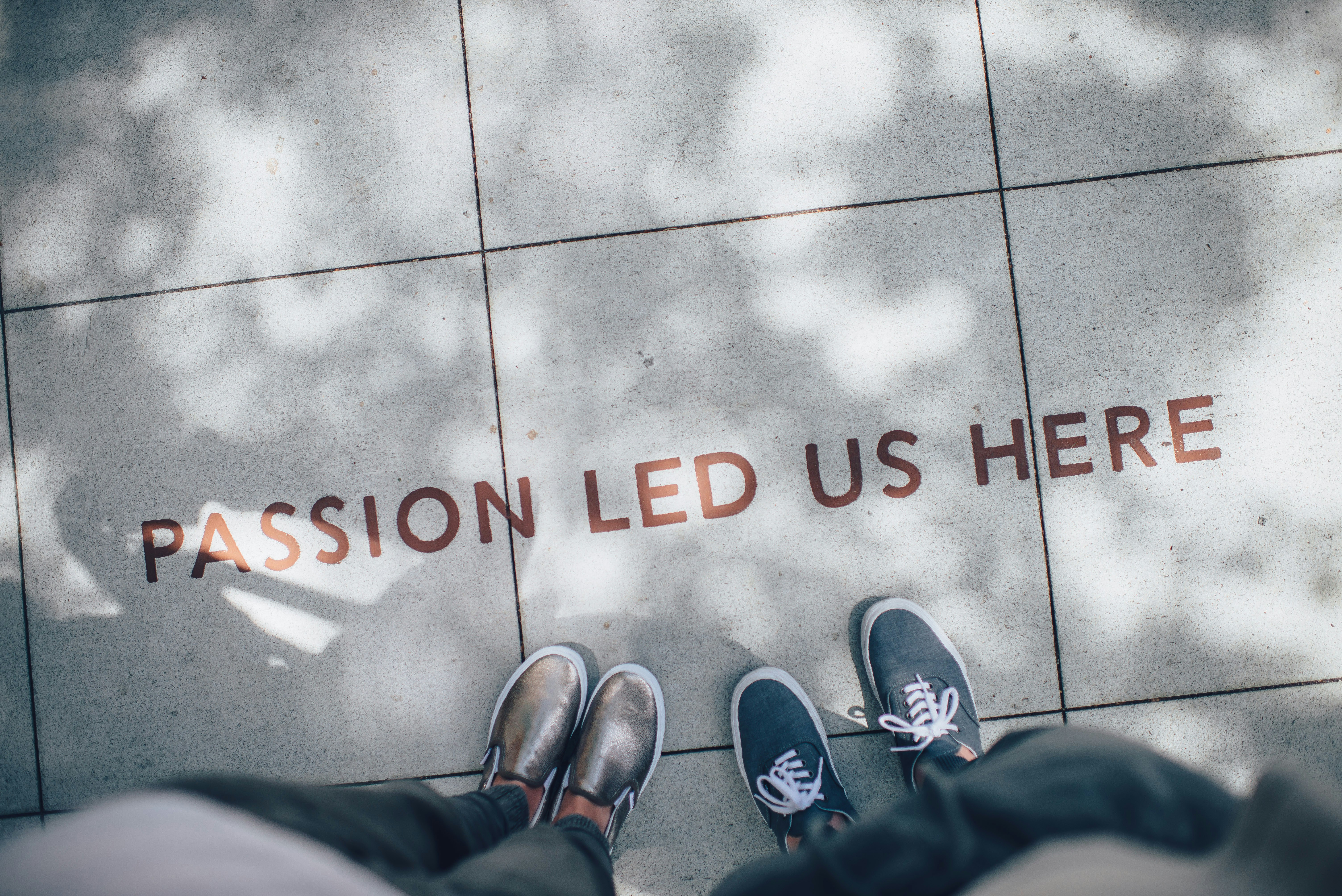
Categories:
The world has fundamentally changed, rapidly, and in ways that will forever alter how we live, work, and play. As we have watched these changes unfold, we have been paying close attention to all the ways in which traditional behavior change strategies have been and continue to be employed to help fight this pandemic. We have also given thought to the many ways that behavior change marketing strategies can be deployed moving forward to help companies and organizations navigate this pandemic in the short- and long-term.
Behavior Change During COVID-19
Individual behavior change involves understanding the barriers and motivations that can help a person to drop a negative behavior in favor of a positive behavior. What are the barriers to washing your hands or using hand sanitizer? As we’ve seen in the news, one really significant barrier is being unable to find and purchase the proper items.
Another barrier is understanding how – and for how long – to wash your hands. To lower these barriers, the CDC has increased signage, provided a variety of 20-second hand washing songs to sing, and supplied recipes for easy, homemade hand sanitizers.
The motivations to change are predictably harder than the barriers – because for many, the immediate threat of the virus is still somewhat distant, not immediate, and unfamiliar, unless and until someone close to you becomes infected. In this case, the strategy of making it more popular to wash your hands (hence the popular songs and funny memes and videos flooding social media) is a behavior-change strategy more likely to stick.
Another big individual behavior change that the CDC would like people to make is to maintain social distance – no handshaking, no hugging. The barriers to this behavior are internal, ingrained from years of reaching out. Touching people is how we convey empathy, concern, and love. Lowering those barriers is more difficult, but outreach and creative explorations to encourage the behavior change can still be effective.
The “elbow bump” and “Namaste bow” were becoming more popular, while virtual meet-ups are the new form of social distancing. With both examples we should seek to make it popular to engage in the desired behavior. But individual behavior change is not likely the most effective way to make broader, more lasting change.
Consider that the number one thing that officials have asked of us is to undertake “social distancing.” For some that was a relatively easy thing to do. Digital workplaces like Ethos |VONT made the decision to work remotely, meaning that 50+ of us were not interacting in person with each other. But that may not be enough. There also needs to be other changes that contribute to making it easier for individuals to comply. One simple and immediate step was to require restaurants and bars to close.
Driving Behavior Change Through Policy, System, and Environmental Changes
It has become increasingly clear that for much of the behavior change needed to fight COVID-19, we will need to rely on policy, system and environmental (PSE) changes. These strategies are implemented locally, regionally, statewide and even at the federal level to make it easier for individuals to change their behavior. PSE changes are ongoing, meant to impact individual behavior change over time, and happen at the community or population level. Think about the number of PSE strategies that have already led to making it easier for individuals to change behavior.
Policy changes refer to policies changed at the micro or macro level that involve passing laws, ordinances, resolutions, mandates, or regulations. Policy changes generally happen at the federal, state, or local government level, or at schools/park districts, or at community institutions and even at worksites. These changes are implemented to make it easier for people to make the needed behavior changes. For example, covering all copays and testing costs for COVID-19 will make it easier for people who feel ill to make the decision to get tested. Restricting gatherings of 10 or more makes it easier for people to say no to a dinner party invite – or stay home from bars and restaurants.
Other examples of policy changes in the world of COVID-19 to date include:
- Shutting down non-essential institutions
- Implementing paper bags, not bags from home
- Special shopping hours for at-risk citizens
System changes work hand-in-hand with policy changes to affect infrastructure and rules within an organization, generally with the goal of building a healthier workforce or community.
Examples of system changes in the world of COVID-19 include:
- Restricting visitors at hospitals
- Implementing procedures for remote work/video conferencing
- Allowing only 10 patrons into a store at a time
- Requiring hand sanitizer stations at entrances
Environmental changes are changes made to the physical environment, designed to affect the population as a whole. Environmental changes include physical or structural and social changes promoting positive or supportive behaviors and attitudes and economic/financial incentives or disincentives to change behavior.
Examples of Environmental Changes in the world of COVID-19 include:
- Revamping and building up the public health system
- Creating additional capacity in the health care system to support future surges
- Increasing stockpiles and/or capacity to build stockpiles of necessary supplies
The Importance of Messaging
Communications and outreach to support individual and PSE behavior change can improve the adoption and compliance of those efforts. Audience segmentation and persona development are crucial to ensuring that messages resonate and are actionable.
Consider the phrase “social distancing.” What exactly does that mean? Can we be more direct and even friendly by breaking it down into simple, easy steps? Stay home, go out once a week, or less, for groceries and medications. When you do go out, stay 6’ away from others. In the hands of a behavior change creative force, that message can be more relevant, more “sticky,” and may result in better compliance.
There are other opportunities to shape the message as well – especially at a time when we are struggling to know what to do. Some of the visual graphs and simulations are especially helpful in taking a complex subject and breaking it down into simple, and more importantly, actionable steps.
The Takeaway
The longer-term impact of COVID-19 on behavior change is unknown at this time, but the behavior change impact – both at the individual and the PSE level will need to continually be reinforced and communicated. How do we keep from becoming complacent with hand washing/sanitizing after the immediate crisis is over? What are the lessons learned from PSE strategies? Were some implemented too late? How can we reinforce healthy behaviors that contribute to lessening the spread of other diseases in addition to COVID-19?
Much of what we do and say today will influence and shape how we address behavior change in the future. Reinforce and reward positive behaviors when you see them in action, and let others know you appreciate their actions.
About Ethos
Ethos is a multiplatform branding agency that specializes in behavior change marketing programs designed to reach specific target audiences across multiple communication channels to encourage measurable change.
At Ethos, we believe that the most effective way to set a company’s marketing course is by finding its core truth – its ethos. We know that once we discover and communicate that core truth, we can truly make a difference for each client’s unique marketing and business objectives.
With Ethos, you get more than a behavior change marketing agency. You get a long-term partner whose goals are your goals.
Learn more about the Ethos approach and the work we’ve done for our clients. Contact us!

